What to plant in December: our top 12 plants to sow and grow
Our tips on what to plant in December will help you brighten up your plot this month as well as prepare for the seasons ahead

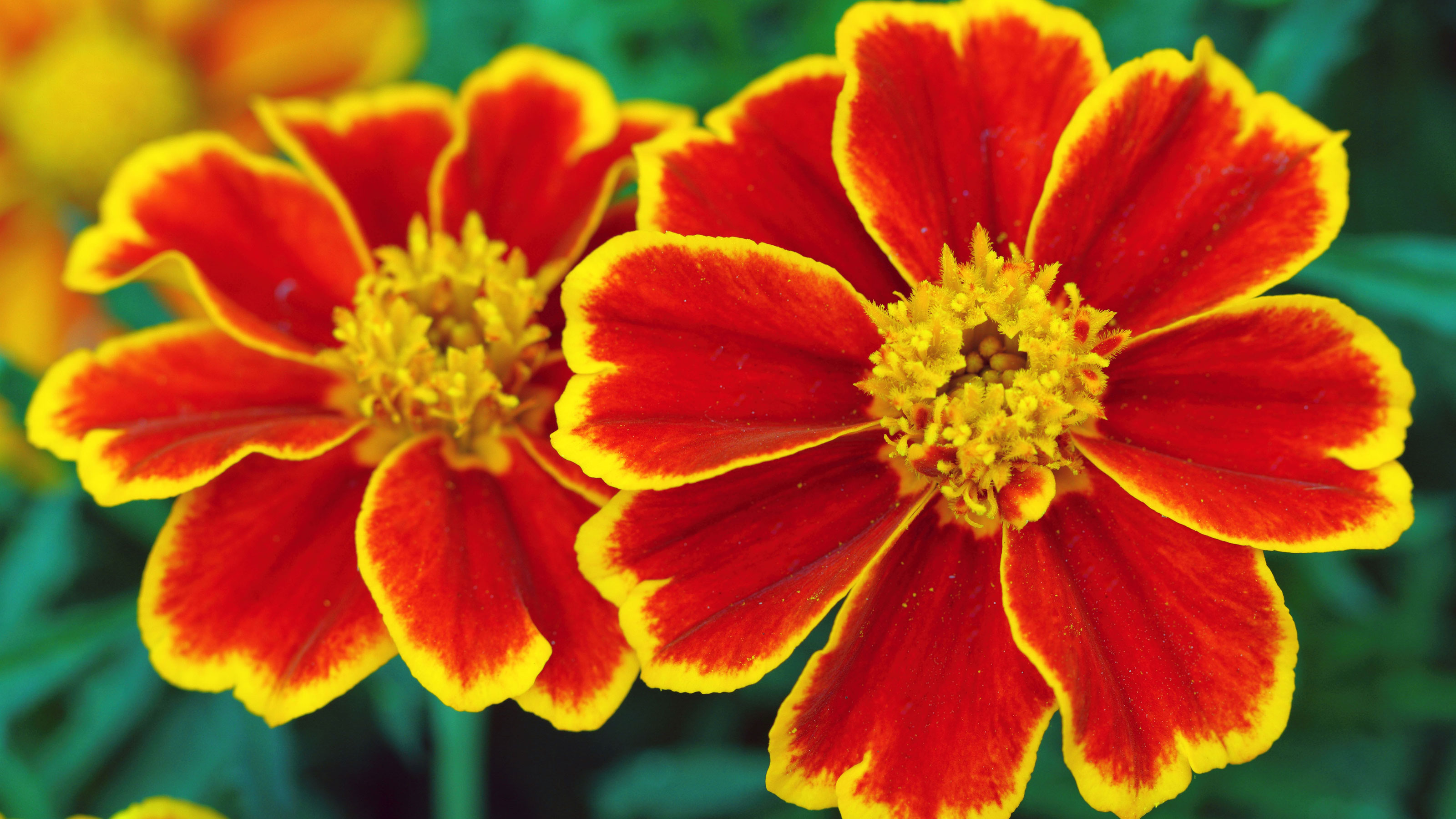
Deciding what to plant in December depends very much on whether you are looking for an instant display or playing the ‘long game’, planning and planting for the year (or years) to come.
We also have to bear in mind that it’s the Christmas month and whether you celebrate or not, garden centers will be closed for some of the time and the postal services will be seriously overloaded so buying plants and equipment may not be as easy for a while.
However, as long as the soil isn’t waterlogged or frosted there are plenty of things to plant outside to add color and scent to the fall and winter for future years.
In most places the days are colder and dark, so it’s also important to give yourselves something to look forward to when considering what to plant when. So this month I’ll be planting hardy annuals and perennials for next year’s summer garden.
If you plan to plant trees and shrubs, make sure that whatever you buy suits your soil and the spot you wish to plant it, or is suitable for a container if that's what you are planning. Add some bone meal to the planting hole or container compost, as this will break down through winter and feed the roots next spring.
And if you are getting ahead with seed sowing like I am, remember that hardy annual seeds can be germinated in a greenhouse or cold frame, while more tender varieties such as some bedding plants need more warmth. A temperate windowsill with good light (though out of direct sunlight) or heated propagator are ideal at this time of year.
Follow our list of what to plant in December for vibrant color
The weather might be getting colder by the day, but there are still plenty of options for what to plant in December to ensure your garden has lots of color and interest over the coming months.
1. Osmanthus
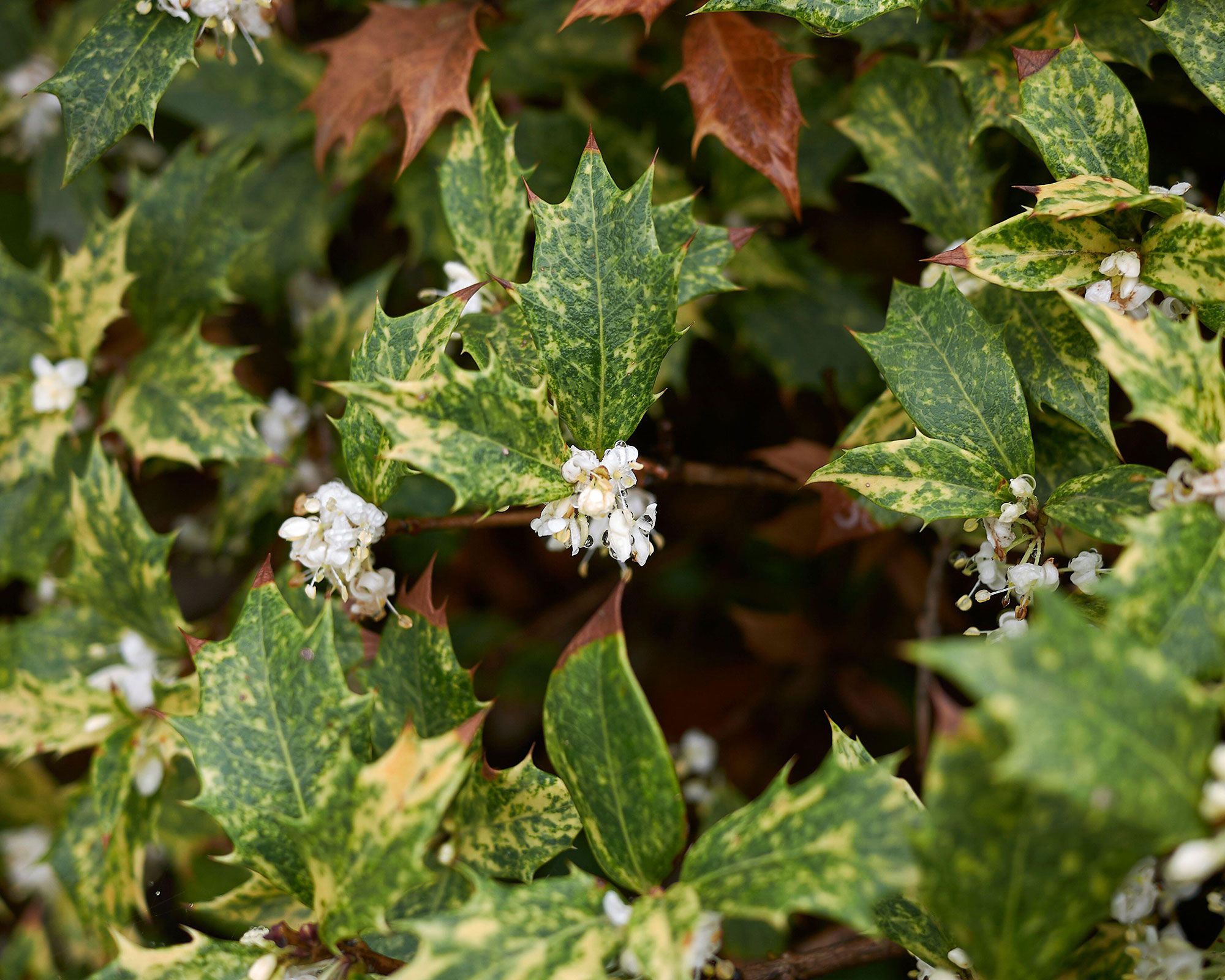
This fall I have been transfixed by the most delicious scent wafting from a neighbour’s garden every time I walk past. It is sweet but not sickly and overpowering, like honeysuckle but with a spicier edge. I asked and discovered that the perfume was coming from an Osmanthus, a handsome and hardy evergreen shrub that is hardy in most soils as long as it doesn’t get waterlogged and it gets plenty of sun.
Osmanthus are grown either for their foliage, of which O.heterophyllus is a key example and comes with a range of holly-like leaves in a range of colors. For scent you want Osmanthus x burkwoodii or Osmanthus x delayvi, which produce clusters of scented white flowers in fall.
This is a good time of year to plant, especially if you can buy bare root plants, but do be aware that a young Osmanthus takes time to reach maturity so you may need to be patient for a few seasons before you can breathe your fill of that glorious perfume.
Top tip: Although Osmanthus make excellent barrier-forming shrubs, variegated varieties are more compact and can be grown in containers.
2. Evergreen grass

One of the main aims of gardening is to have something to catch the eye and add interest all year round. It’s easy between spring and fall, but this stage of winter can pose a problem, falling as it does between the last of the brilliant fall berries and first snowdrops and hellebores.
A failsafe way of boosting your winter landscaping ideas is to dot evergreen types of ornamental grass around your borders or in patio planters. They give definition, many change color through the seasons and they make a wonderful sound - a susurration – when the wind plays through their leaves.
Some of my favorites are Pheasant’s tail grass (Anemanthele) that starts green and then moves through yellow to fiery orange and red, saving its most spectacular shades for winter.
The edge, or Carex, family are broad-bladed and evergreen and ideal for pots as well as the border, and their colours range from green to variegated and bronze.
Blue fescue (Festuca glauca) forms low mounds of blue-green fronds and hair grass (Deschampsia) is another compact variety that produces elegant wafty stems of airy seedheads.
For dramatic impact and something to offset brilliant greens and flowers, try growing black-leaved Ophiopogon planiscapus, which looks especially good in gravel gardens.
Top tip: Clumps of ornamental grasses can become too large and unproductive, so divide them every few years.
3. Snapdragons
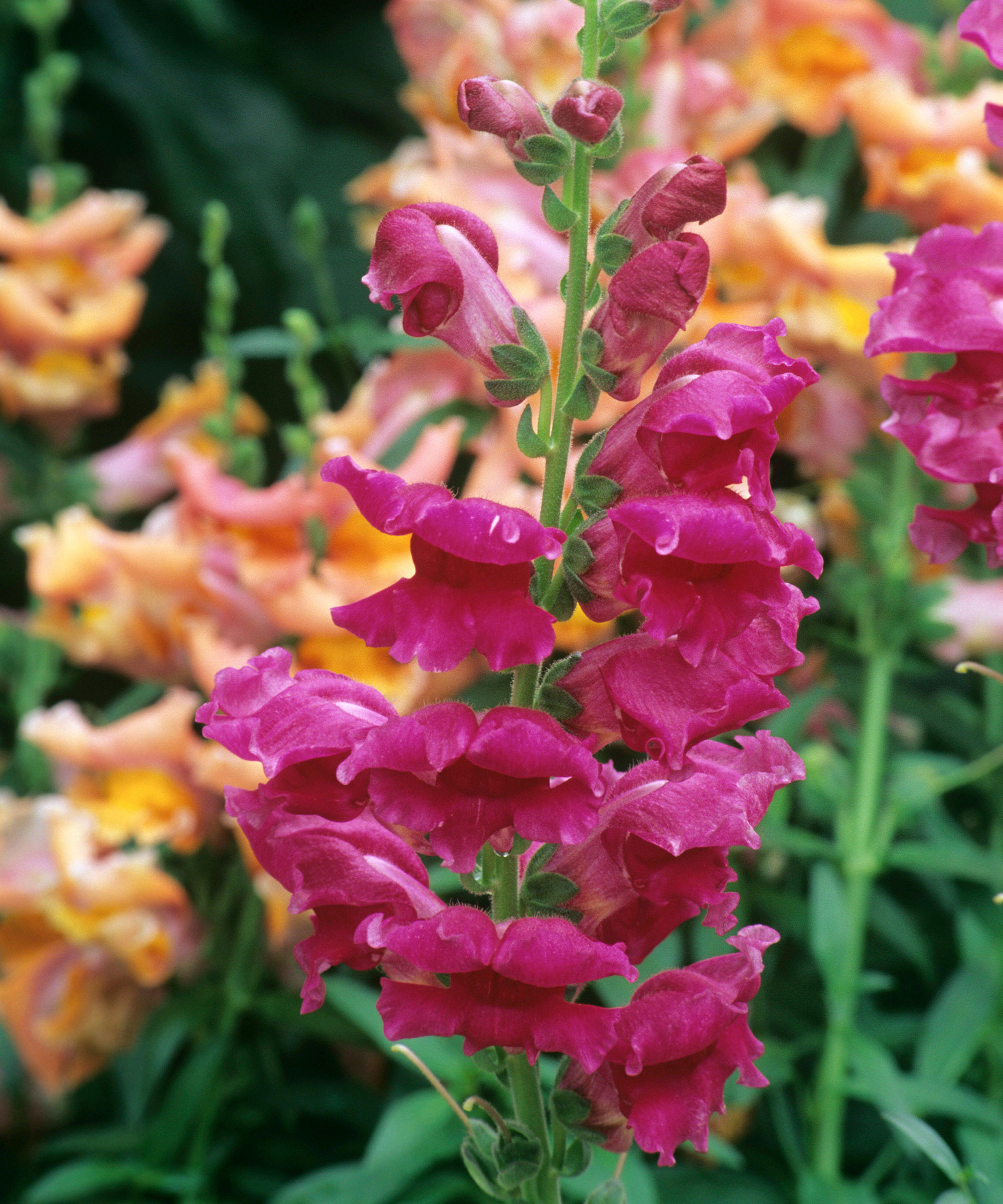
It’s never too early to start planning ahead and coming up with summer garden ideas for next year. Start sowing perennials now, germinating them either on a warm, light windowsill or under growing lamps.
Making sure the germination area is bright enough is vitally important during the winter when light levels are low and days are short as seedlings can grow pale and spindly if they don’t get enough illumination. Then they collapse or grow into weak plants that don’t thrive and are more prone to attacks by pests and disease.
I am sowing some snapdragons, also known as antirrhinums. These summer garden stalwarts are perfect for cottage garden borders and containers, and are easy going and simple to grow. They come in a range of colors, from yellows and apricots to all shades of pink and even two-toned, and taller varieties are one of the best flowers for cutting, with a vase life of up to a week.
We used to grow them as annuals but here in southern Britain I’ve managed to keep some going through winter, and this year ours kept flowering until well into November. In colder regions you should be able to pot up plants in the fall and overwinter them somewhere frost-free and well-lit.
Top tip: If you are sowing seeds from an old, opened packet, scatter a few onto damp kitchen paper and place them somewhere light and warm for a few days. If they start to sprout, the seeds are viable and good to sow.
4. Tulips
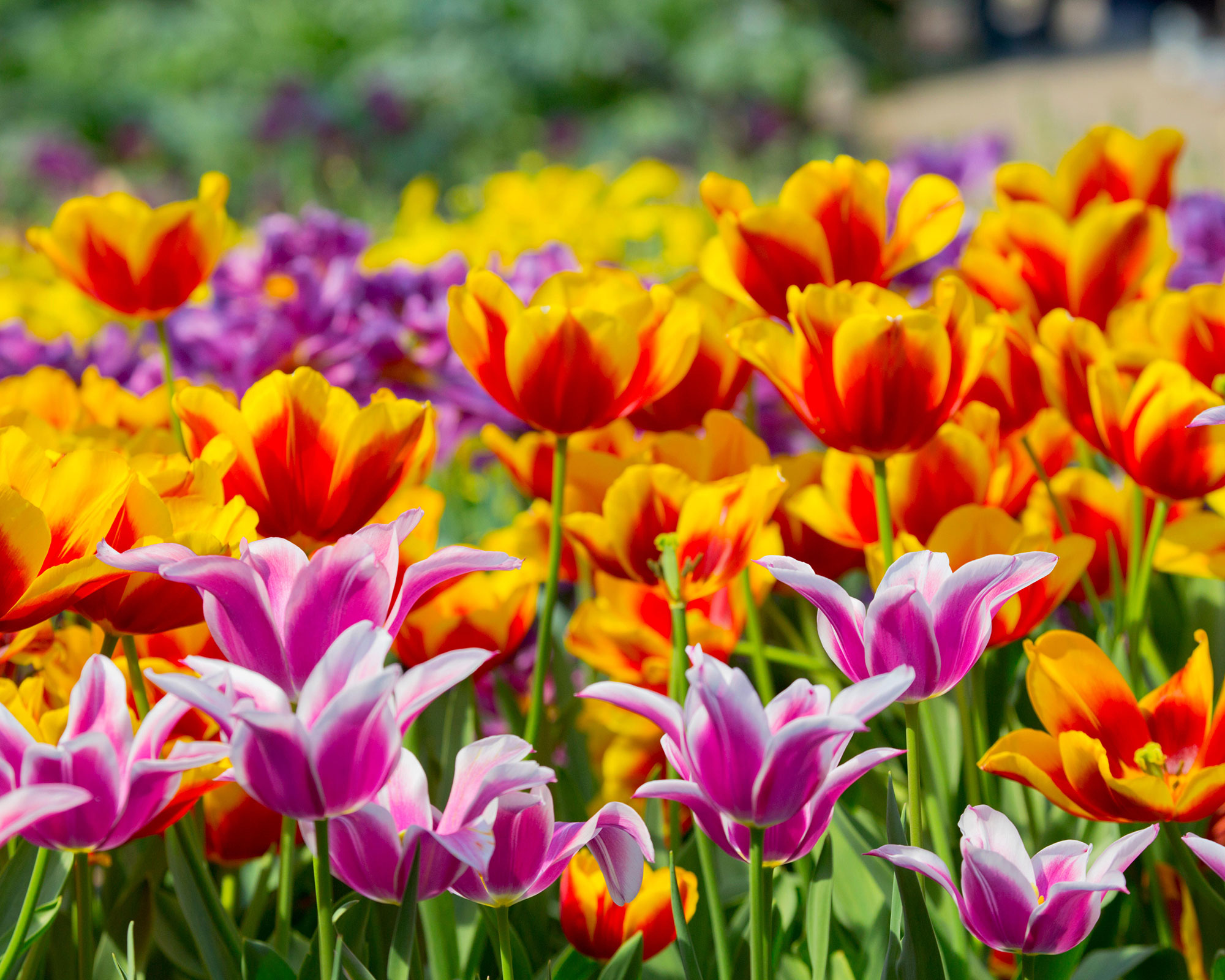
Like all spring-flowering bulbs including daffodils, crocuses and alliums, tulips are planted in the fall. But, as you'll know if you've already seen our guide on how to plant tulips, they go in the ground later – making them perfect for planting in December.
This is because they are vulnerable to tulip fire, a fungal disease that distorts leaves and petals and causes the bulb to rot. The later you can plant all types of tulip, the colder the soil and the less chance there is that the bulbs will fall foul of the disease.
Plant your tulips in a sunny spot, in soil that is free-draining and has been enriched with compost or well-rotted manure. Place the bulbs at three times their own depth and a bulb's width apart, using the same placement if planting in containers.
Top tip: Plant dwarf varieties in your lawn or under trees with snowdrops and crocuses for a stunning spring display.
5. Hardy annuals

Nigella (or love-in-a-mist), cornflower, field poppies, marigolds and sweet peas are just some of the hardy annuals guaranteed to bring color and joy to your summer flower bed ideas. There are two ways of starting next year's annuals, and both methods have their pros and cons.
You can sow indoors and bring on the seedlings under cover, starting them in trays and then pricking them out and potting them on when they are large enough. You may get a healthy crop of seedlings, but it can be quite labor-intensive as they need constant monitoring, light and warmth and, of course, space when you start moving them on into their own pots.
You also have to make sure they are adequately ventilated, as a still, warm environment is a perfect breeding ground for fungal diseases, particularly damping off, which can kill off an entire tray of seedlings in one fell swoop.
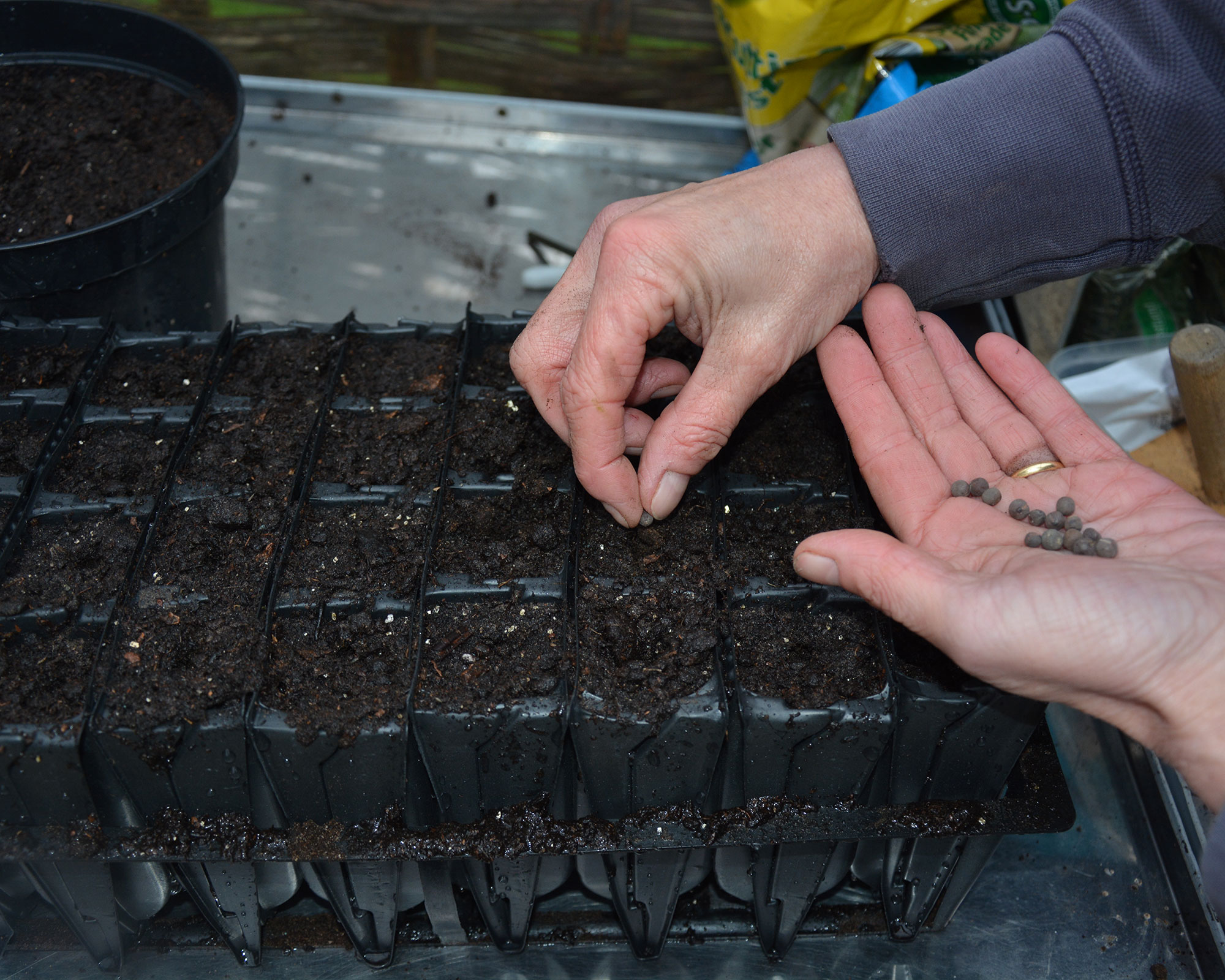
When sowing inside, always use new or thoroughly washed seed trays, fresh seed compost, and fresh tap water. This will all help reduce the risk of seeds falling prey to fungal diseases.
The alternative way to grow flowers from seed is to sow them where you want them to grow, in soil that has been raked and weeded. This may seem less of a hassle, but seeds are at risk of rotting in the cold, wet soil, are vulnerable to being eaten by hungry rodents, and may be scattered by cats using the area as a litter tray.
Top tip: Don’t worry if you have sown seeds too close together, you can thin out the seedlings when they have grown large enough to handle.
6. Winter scented shrubs
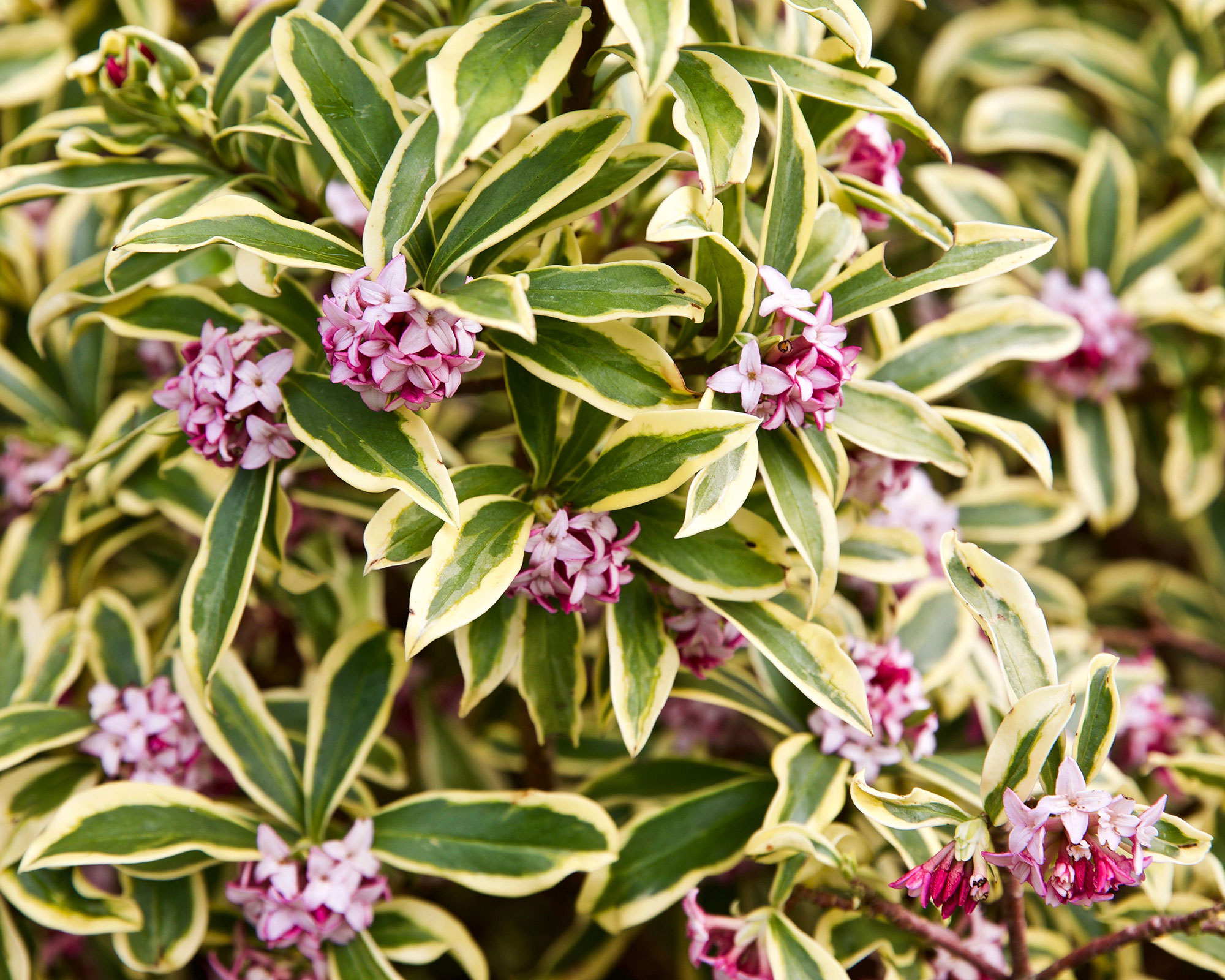
Summer doesn't have the monopoly on color and scent – in the cooler months there are plenty of options when it comes to the best winter flowering shrubs, and some are sweetly fragranced, too. Daphne odora, sweet box (Sarcococca confusa), witch hazels and wintersweet (Chimonanthus praecox) are all worthy of a spot in your garden.
If you have a small space and still want shrubs, plant them in large pots and situate them next to your front door or close to seating areas, where you can make the most of their beautiful flowers and sweet scent.
Top tip: Growing in pots will limit the size of the plant, and do remember to feed them regularly. Each spring, remove the top inch or so of compost and replace it with fresh.
7. Hardy cyclamen
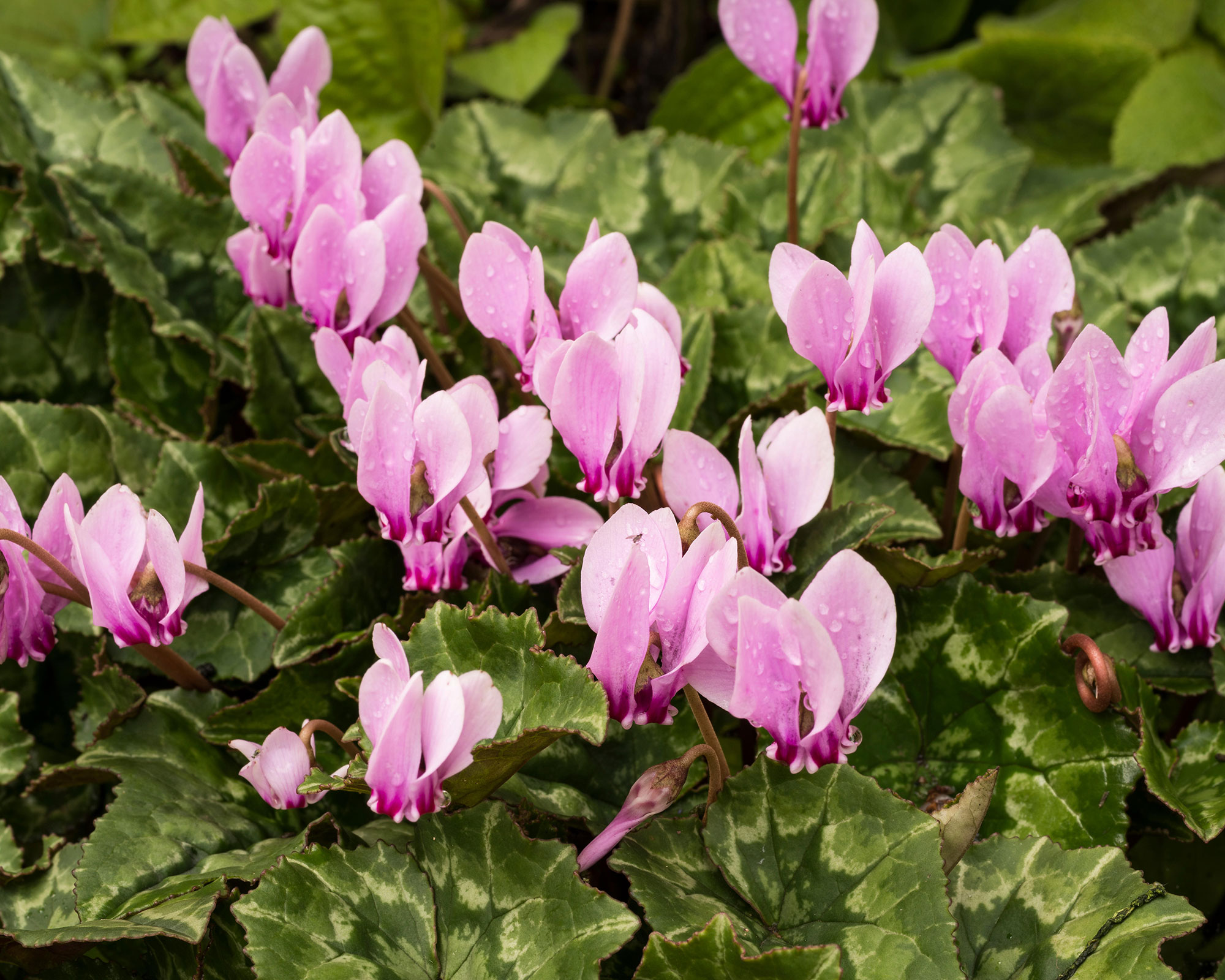
Nothing says 'winter color' like the jewel-like tones of cyclamen. Whether you plant them as part of your winter and spring bedding display, or dot them in shaded areas of the garden where they gleam out of the dark, they are a truly seasonal delight.
Cyclamen coum and Cyclamen hederifolium are tuberous perennials, with sweet heart-shaped leaves and dainty flowers in shades of pink and white.
They like fertile, free-draining soil and should be planted at the same depth as the pots they have been grown in. Those used as plants for winter hanging baskets or pots as part of a bedding display can also be moved into the soil when the containers are needed for something else.
Top tip: When cyclamen come to reproduce, their circular seed pods appear on coiled stems that slowly unravel as they mature, gradually lowering the seeds to the ground for germination.
8. Blossom trees
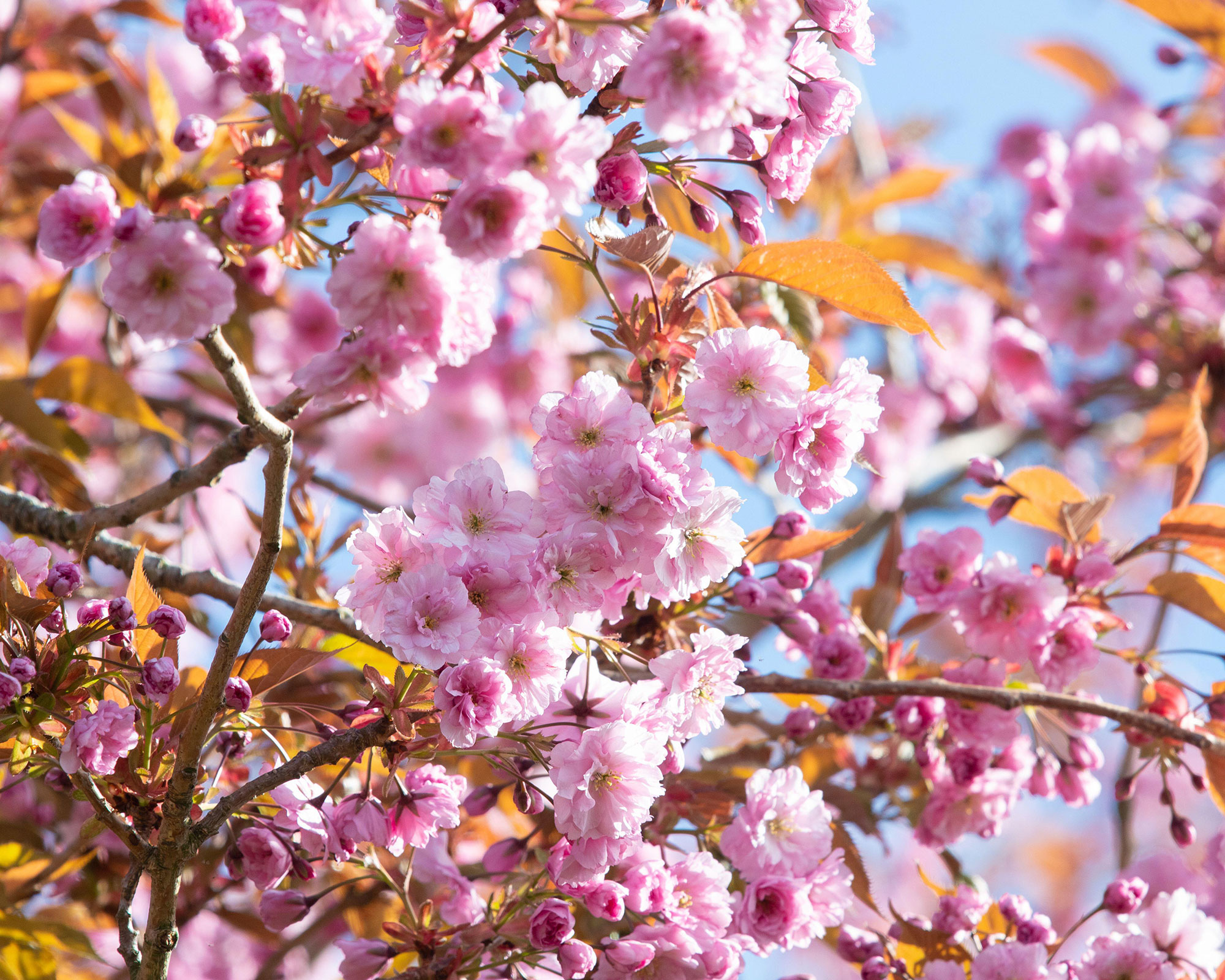
December is a good time for planting bare root trees, which are widely available now, so why not usher some spring beauty into your garden by choosing a blossom tree or two?
Apples, pears and plums are some of the best flowering trees, but ornamental weeping cherries are truly stunning. Members of the amelanchier family will also wow, with sweet white flowers, scarlet berries and beautiful red and russet leaves in the fall.

Best of all, amelanchiers do not grow large, so are perfect if you're on the lookout for the best trees for small gardens or a tree for a large container. Plant them in fertile, free-draining soil and make sure they have enough room to grow.
Support young trees with a stake and tie for support and check the soil around the roots after every heavy frost. Freezing conditions can cause the soil to crack and lift, destabilizing new plantings.
Top tip: If you are looking for a small fruit tree for a patio container, check its rootstock (the base of the plant that governs its growth on which the top growth is grafted). Dwarf varieties are M27 and M9 for apples; quince C and A for pears and quinces; 'Pixy' for plums, gages and damsons; and G5 or Gisella 5 for cherry.
9. Spring bedding plants
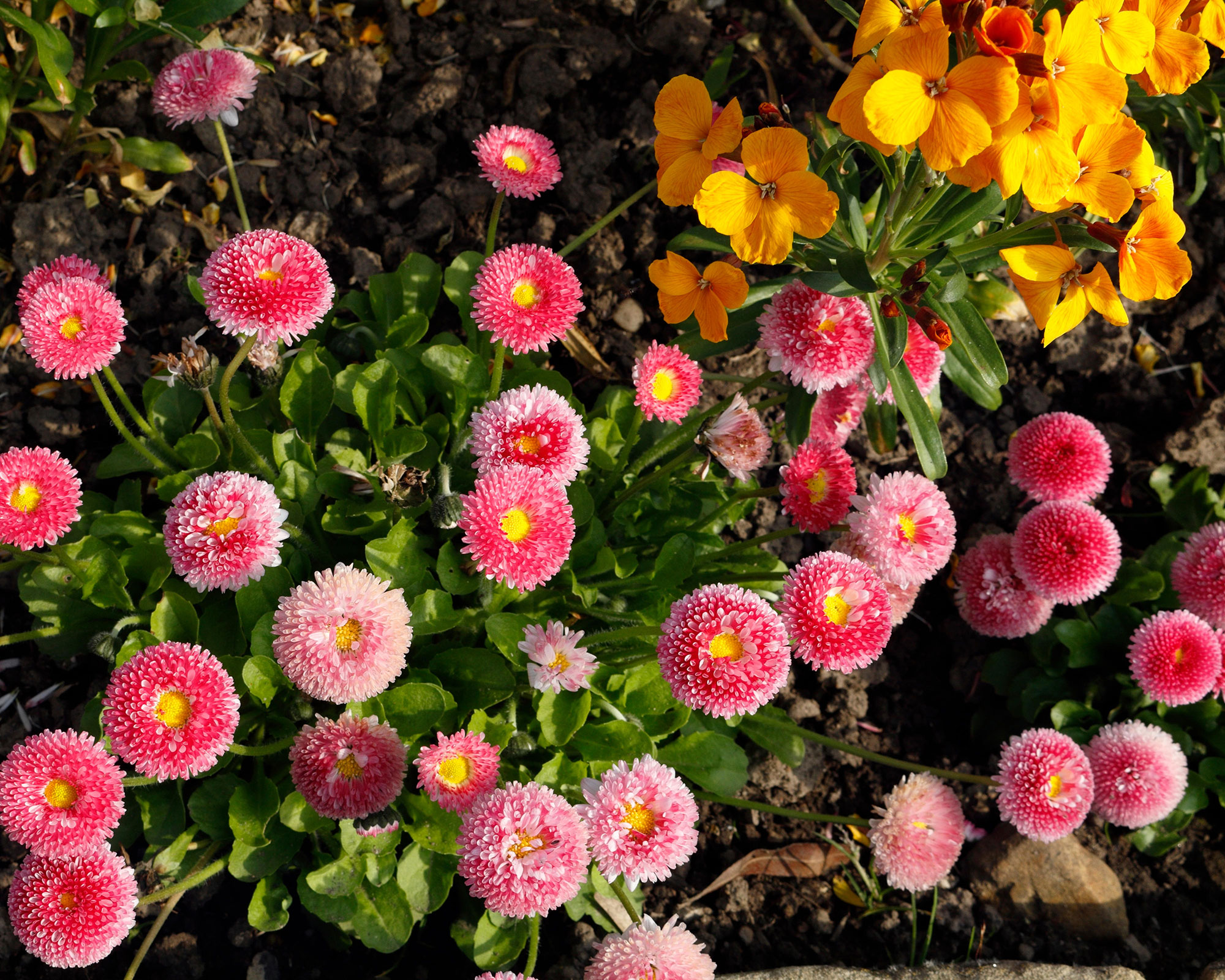
Spring bedding is still on sale in garden centers, supermarkets and online, if you can fight your way through the festive fripperies.
Planted in December, it will bloom in time for Christmas and then sit quietly stretching out its roots and resting its top growth until the warmer weather arrives and it starts growing and blooming again.
Pansies, violas, cyclamen, and pompom bellis daisies create delicious spots of winter color and can be wonderfully offset by grasses, mini conifers and foliage plants set alongside them. Try them as part of your winter planter ideas to brighten up a patio or deck.
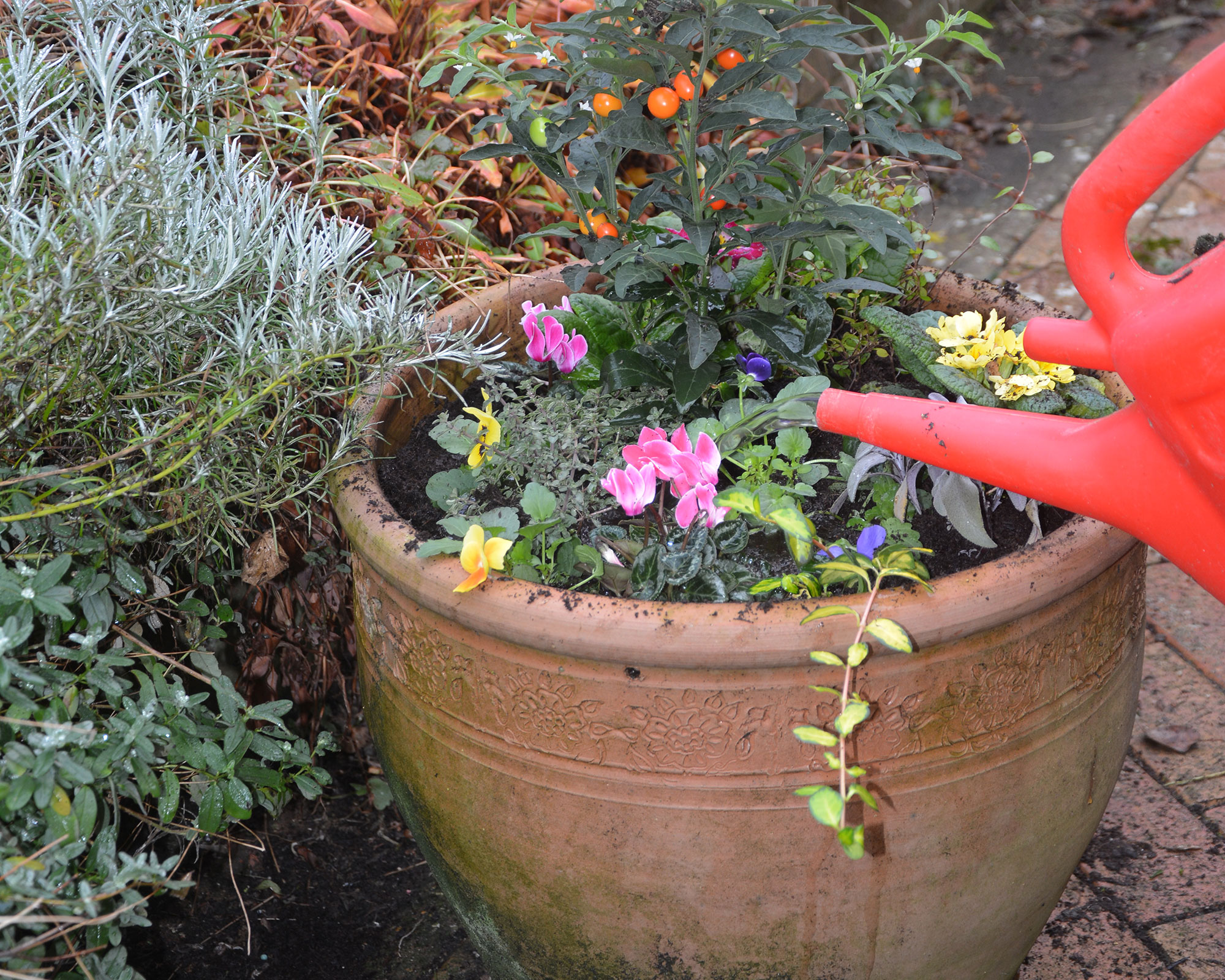
Remember to keep them healthy and productive by deadheading regularly and removing foliage that is past its best.
If you have previously grown pansies and violas that have fallen foul of the fungal disease leaf spot, which causes dark, greasy spots on the leaves, plant them elsewhere for at least three years after infections.
Top tip: you can also start sowing summer bedding including antirrhinums and petunias, though they need light and warmth to succeed.
10. Berry shrubs
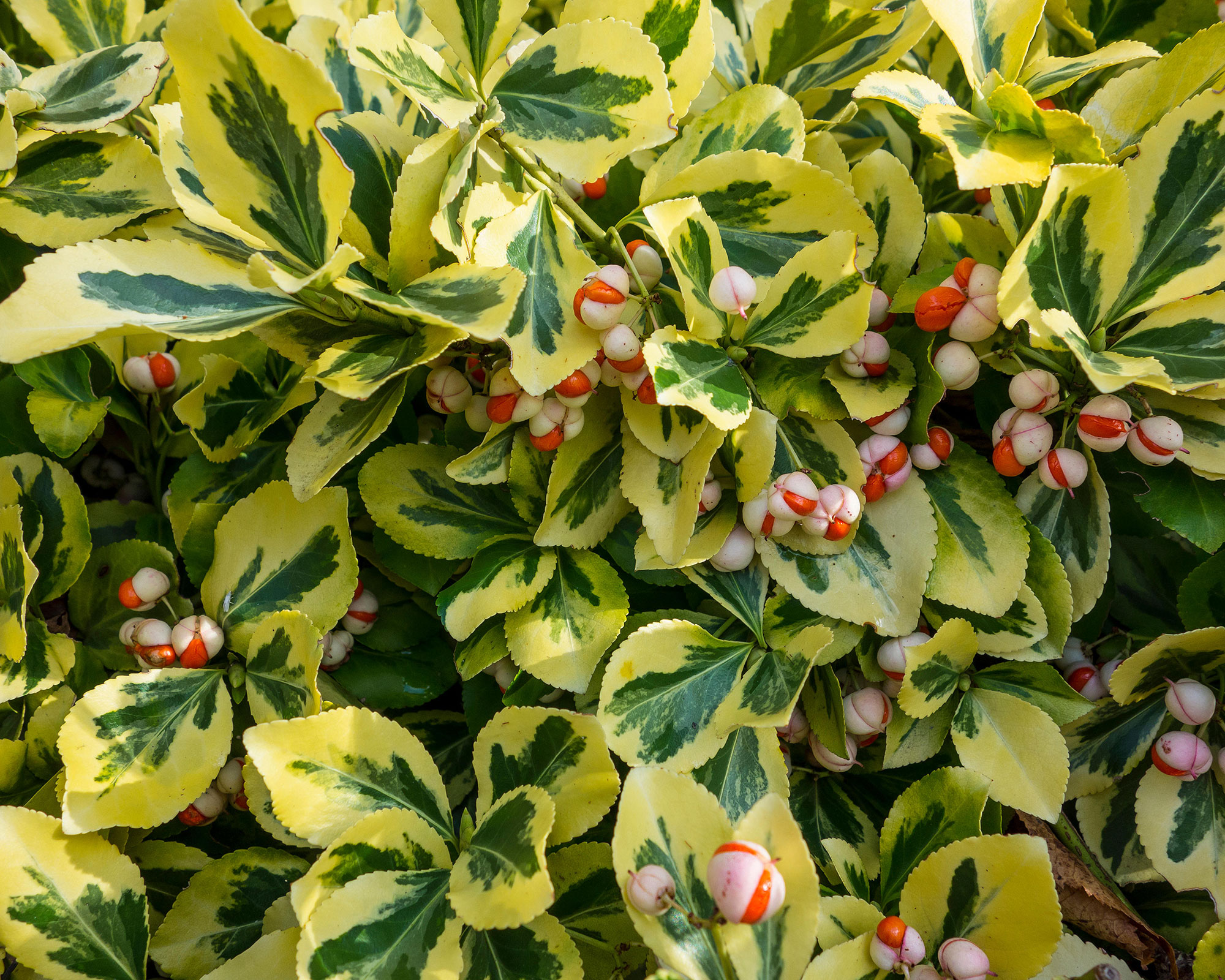
Brightly shining holly berries are a traditional Christmas decoration, but there are other plants with equally beautiful winter seedpods.
Adding some plants with winter berries to your plot is a wonderful way to guarantee seasonal color. All shrubs can be planted in December, so roses that bear hips in winter, Euonymus fortuneii that has sweet orange berries, Callicarpa bodinieri with its vivid purple fruits and spiny cotoneasters and pyracanthas that are covered in fiery berries in autumn and winter can all be put in the ground now.
If you buy them bare root, you will be making a huge saving financially, though you may need to wait a year or two to get flowers and berries. Container-grown plants cost more but may give you a show this year or next.
Top tip: Only female holly bushes flower and although some are self-fertile, if you have a male plant within bee-flying distance for pollination, they will flower better. They do, though, take between 4–12 years to mature, so patience is important!
11. Hardy herbs
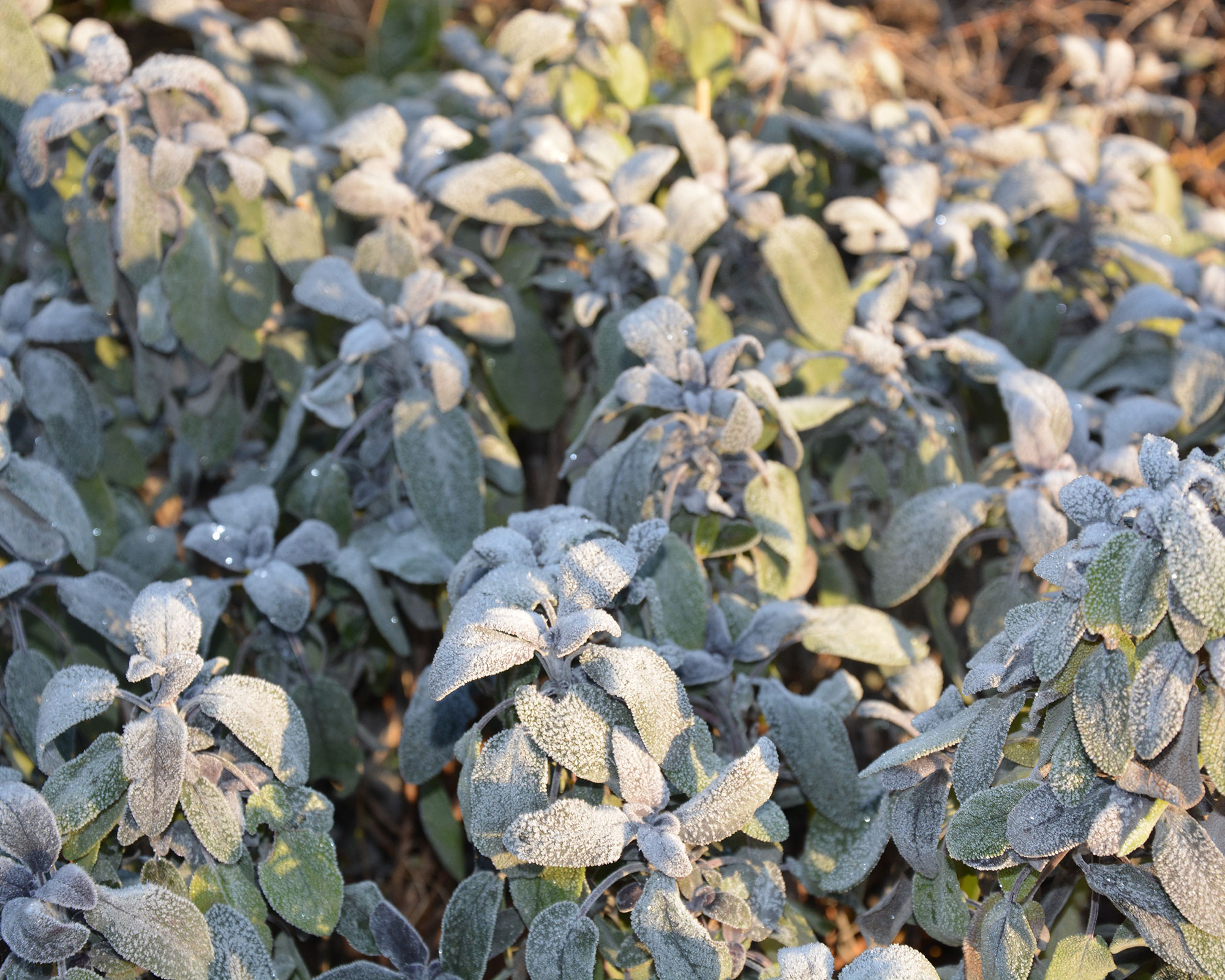
Every garden should have herbs and in winter it is the hardy, woody varieties that create a show.
Planted now, rosemary, sage, thyme and oregano will add color and scent through to the spring – and once they have matured there will be winter seasoning for all those glorious hearty casseroles and soups right on the doorstep.
Most woody herbs will thrive in less-than-perfect soil and are relatively free from pests, making them ideal for most gardens. They're brilliant for container gardening, too.
They can be harvested throughout the year once they are large enough and most just need a gentle trim after they have flowered to keep them in shape.
Top tip: Woody herbs grow attractively in pots and rosemary is traditionally grown close to front doors as a symbol of welcome and prosperity.
12. Perennial plants
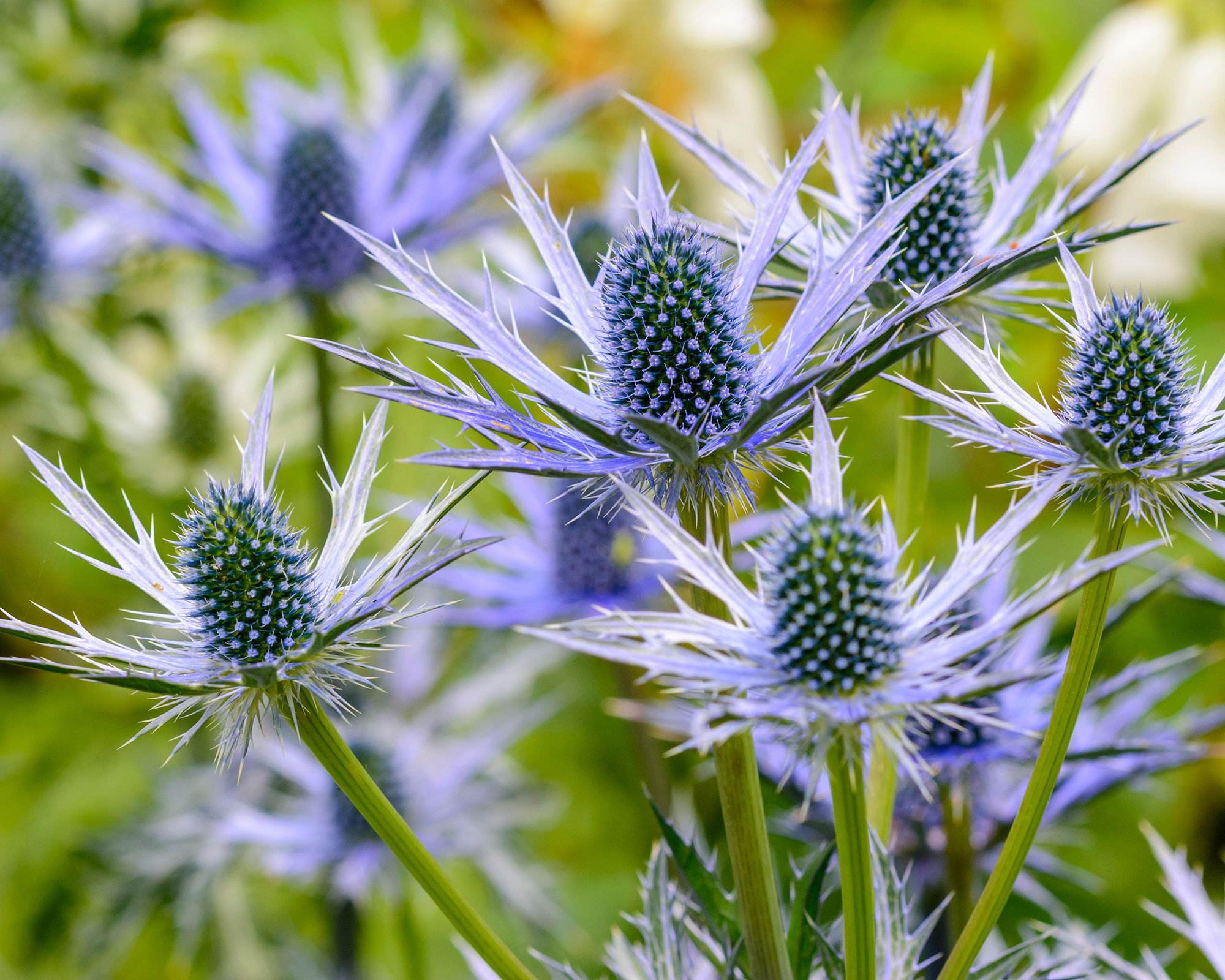
As long as the ground isn't frozen or waterlogged, perennials are another option for what to plant in December, though if your soil is heavy clay they will do best planted on low mounds of gritty soil and compost.
They won't grow much over the winter, though they may extend their roots between now and the start of the really harsh, cold weather than usually affects the UK in the new year. But, when next spring arrives and the temperatures rise, they will soon start to put on growth and should flower in summer.
Before buying, check the plant's labels to make sure you plant it in the right place, with enough space. If it has the wrong soil and conditions, your perennial won't thrive which can be very disheartening.
Plant it at the same depth as the pot you bought it in, carefully opening up the rootball with your thumbs to help the roots spread. Water it well once it's in the ground. Mulching the root area with well-rotted compost or manure will enrich the soil, insulate the roots and keep weeds at bay.
Top tip: Check plants in milder weather as aphids and other sap-sucking pests may start to prey on fresh young leaves and shoots.

Ruth is the gardening editor of Amateur Gardening magazine and spends her working days carrying out, writing about and photographing the tasks the readers should be carrying out each week, as well as testing many of the new products that arrive on the gardening market. She is horticulturally trained, with a qualification from the Royal Horticultural Society.
